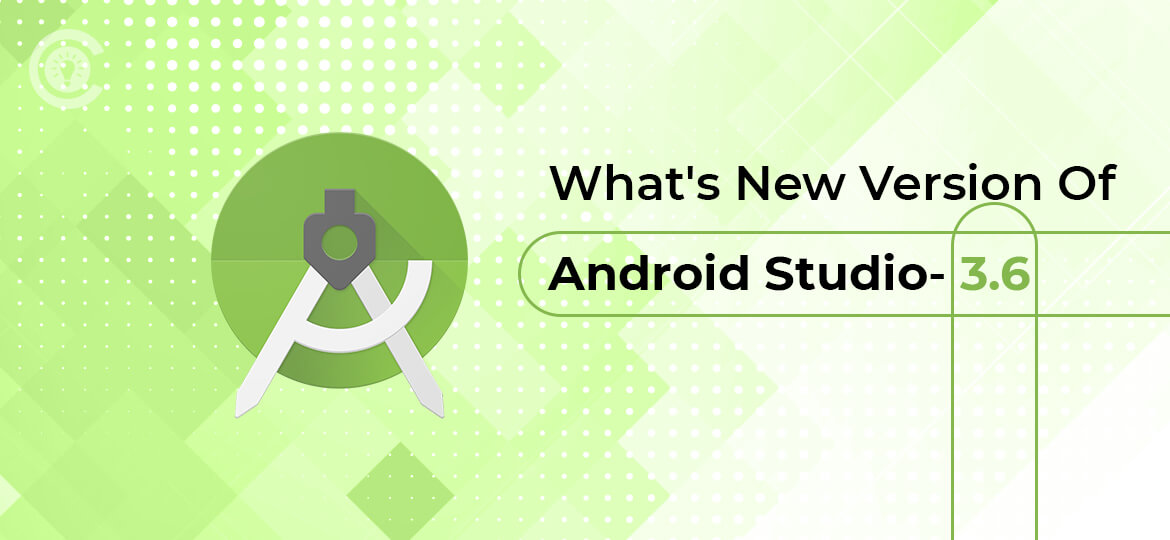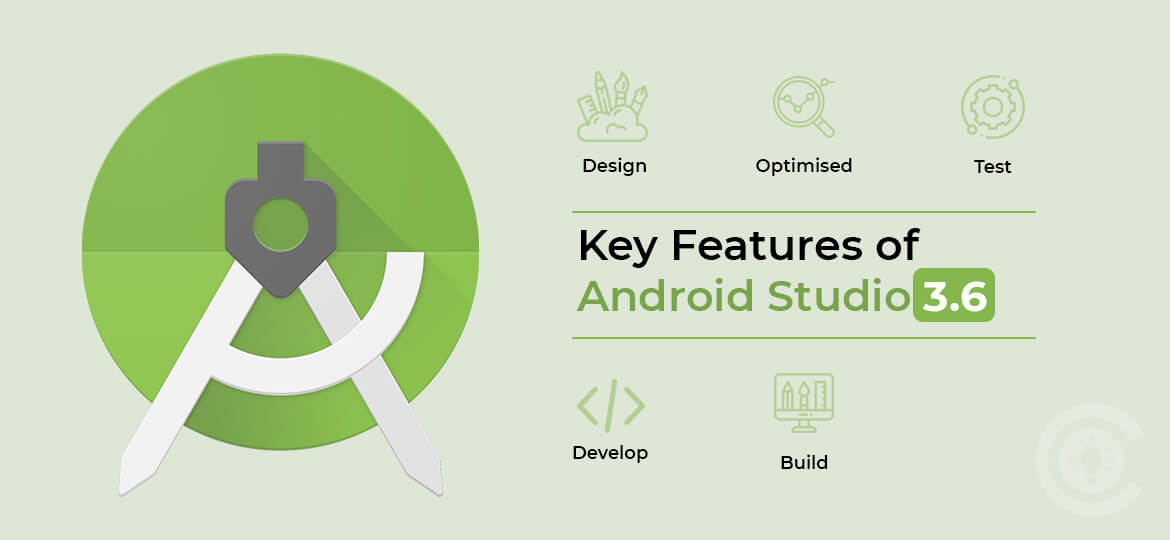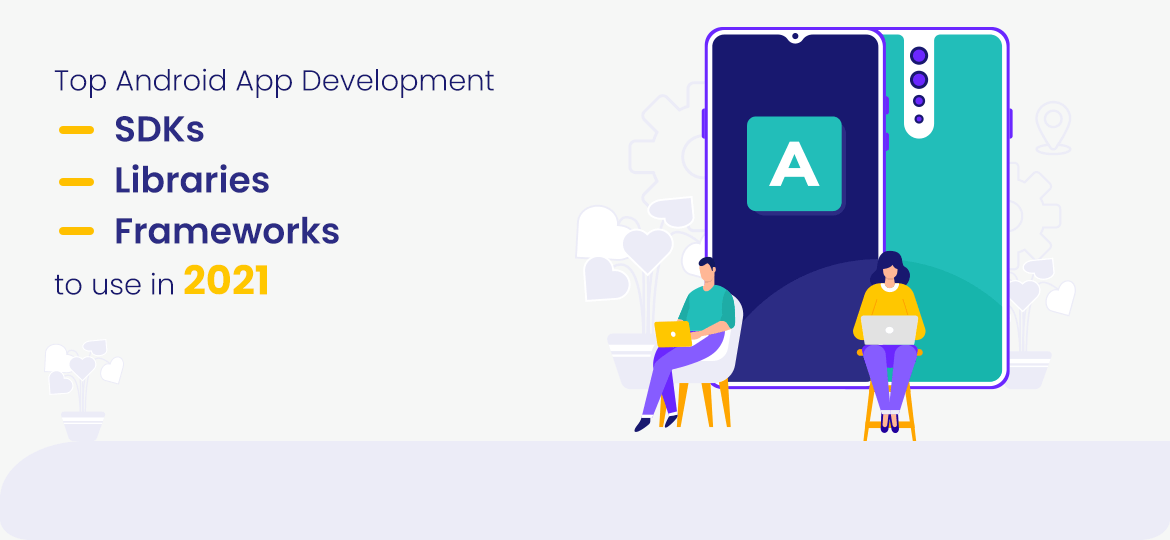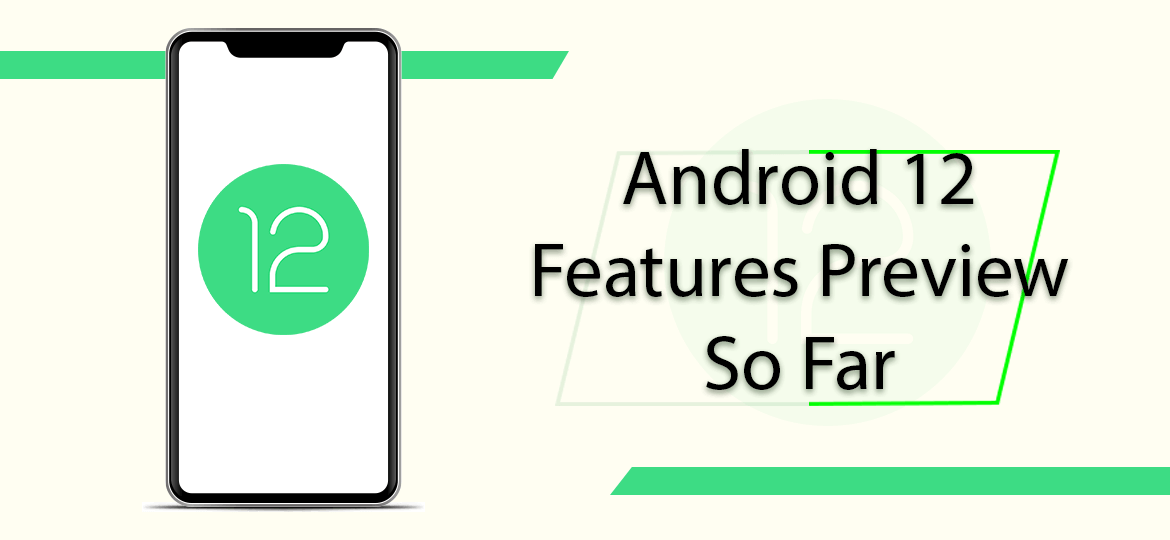
For android app development, a part of Google’s Integrated Development Environment – Version 3.6 has come after so long with bug fixing and other refinements. This change is for the better with the upgrade and slowly moving towards higher stability and better performance.
In today’s article, we will let you know all the new things like features and others with these new android studio 3.6 and how google has shown a smoother route to editing and debugging codes for their developers.
This new release includes a number of new features and improvements.
Key Features of Android Studio 3.6

The key features of android studio 3.6 have divided into the following subcategories for better and clear understanding.
- Design
- Develop
- Build
- Test
- Optimize
1. Design
> Split view in design editors
Now, design editors like navigation and layout editors will provide a Split view that enables you to see both code and design views of the UI at the same time.
With the split view, the earlier preview window gets replaced and improved and can be configured so that it works best for each use case. All you need to do is to click on the split icon on the top-right corner of the editor window.
> Color picker resource tab
In the android studio 3.6, the color picker populates the color resources in the app so users can quickly select and replace color resources values and this color picker is obtainable in both the design tools and XML editor.
2. Develop
> View Binding
A feature that allows you to write code more easily that interacts with views by providing compile-time safety. View binding generates a binding class for each XML layout file that is present in the module.
Users can reference all the views that have an ID with no risk of class cast exception or null pointer. View binding replaces findViewById in most of the cases. To enable the view binding in your project, include build. Gradle file in each module
android{
viewBinding.enabled = true
}
> Android NDK Updates
All the android NDK features in Android Studio that are supported in JAVA will now be supported in Kotlin.
Some of the features that are previously supported in Java in android studio are now also supported in Kotlin.
> IntelliJ Platform Update
The IntelliJ release includes many improvements from a new services tool window to more improve startup times. With a number of improvements, google has updated IntelliJ 2019.2 platform.
> Apply Changes to Add Classes
Now add a class and then deploy the code change into the running app by clicking Apply changes and Restart activity.
3. Build
> AGP – Android Gradle Plugin Updates
For publishing the customized repository the AGP component would be created for each build variant artifact. Not just this Google also made other significant improvements regarding AGP performance.
These improvements include KAPT for large-size projects and annotation processing.
> A Brand New Packaging Tool
To improve the build performance, the android build team continuously worked on the changes and this time they changed the default packaging tool to zipflinger for debug builds.
Users will be able to see the improvements in build speed.
4. Test
> Google Maps UI in Android Emulator
Google Maps has integrated right into its control panel. Hence now developers are not needed to type in GPS coordinates manually. With this improvement app optimization becomes easier as developers would be able to observe and generate virtual routes and virtual locations.
To identify bugs and detect memory leaks for activities and fragments is going to be plain embarking.
> SDK Downloads that can be Resumed
Android Studio now allows its users to resume downloads that were interrupted instead of restarting the download from the beginning which can be helpful for large downloads like system images and Android emulators when the net connectivity is unreliable.
> Support Multi-display
It is always important to test the app on a variety of multi-display configurations. Through the settings menu, users can configure multiple displays. Emulator 29.1.10 includes multiple virtual displays.
> In-Place updates for imported APKs
Now Android studio 3.6 auto-detects changes made to the imported APK file and gives users an option to re-import it in-place. Android Studio allows importing externally-built APKs to debug and profile them.
5. Optimize
> Leak Detection In Memory Profiler
In the memory Profiler the ability to detect Activities and Fragment instances that may have leaked. To start, import a heap dump file in the memory Profiler and check the Activity/Fragment Leaks checkbox that generates the results.
So, These are things that you should know about Android Studio 3.6. To get the app that is developed with android studio 3.6 just get in touch with android app development company Concetto Labs – Today!!!
Hire Ndk Android Developers From Us
Concetto Labs has an extremely talented, skilled pool of software designers, engineers, and experienced professionals. Hire android programmer and get your dream project that can turn into solid reality in the hands of vast android devices users.
If you need android app development services that include up-to-date integrated seamless apps then hire android app developer from us who can provide a highly functional and rich-featured app that suits the business perfectly.
Everything You Need To Know About The New Version Of Android Studio 3.6







 Indonesia
Indonesia
 Botswana
Botswana
 USA
USA
 Italy
Italy
 Panama
Panama




 USA
USA UK
UK Saudi Arabia
Saudi Arabia Norway
Norway India
India Australia
Australia